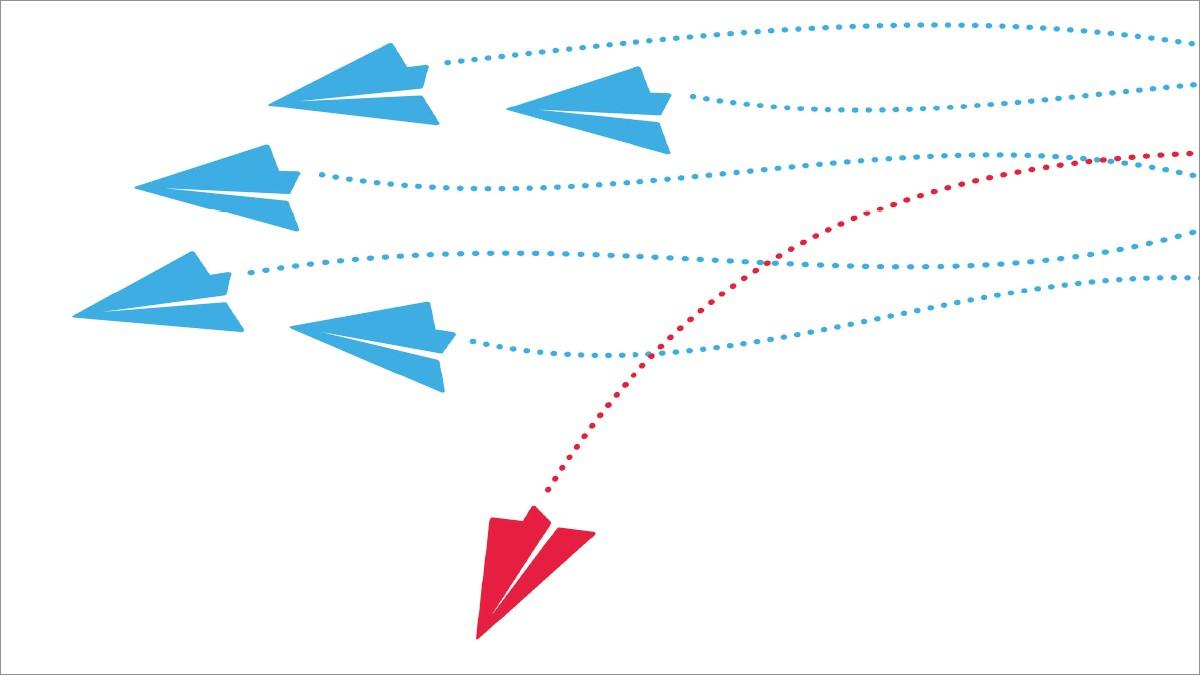Challenging the placement structure

It’s tempting to think about placements through the lens which you experienced them yourselves, or by looking around to see what’s typically on offer. While it can be helpful to have a template, the disadvantage of this is that it can limit the diversity of what’s offered.
There’s no reason why we have six week block of placements for example, other than it has become the norm. And, as we’re creatures of habit, these norms once established can be difficult to shake up. It’s fair to say that the pandemic has helped us all reassess what we’ve always done. Let’s hear about a model that has been growing in popularity over the last 18 months.
Split placements
Georgia Loft, a physiotherapy student from University of Brighton, discusses her split research and critical care placement at Medway Maritime Hospital. Her time was divided between clinical and research. For the clinical time she worked on critical care and surgical wards.
The research component of the placement involved assisting with two research projects – an Occupational Therapy apprenticeship qualitative research project and an ongoing study looking at the effectiveness of early mobilisation protocols in critical care.
Georgia credited the support of her practice educator Sarah Elliott, consultant physiotherapist, as well as the whole critical care team for the support she received, noting it would not have been possible to have such a rich placement without the team approach.
On the split between critical care and research Georgia reflected:
I found critical care to be an incredibly intense environment particularly as my placement was in the second wave of the pandemic so being able to take a breath and do something.
Number of subscribers: 1




































